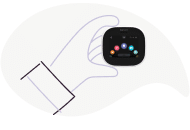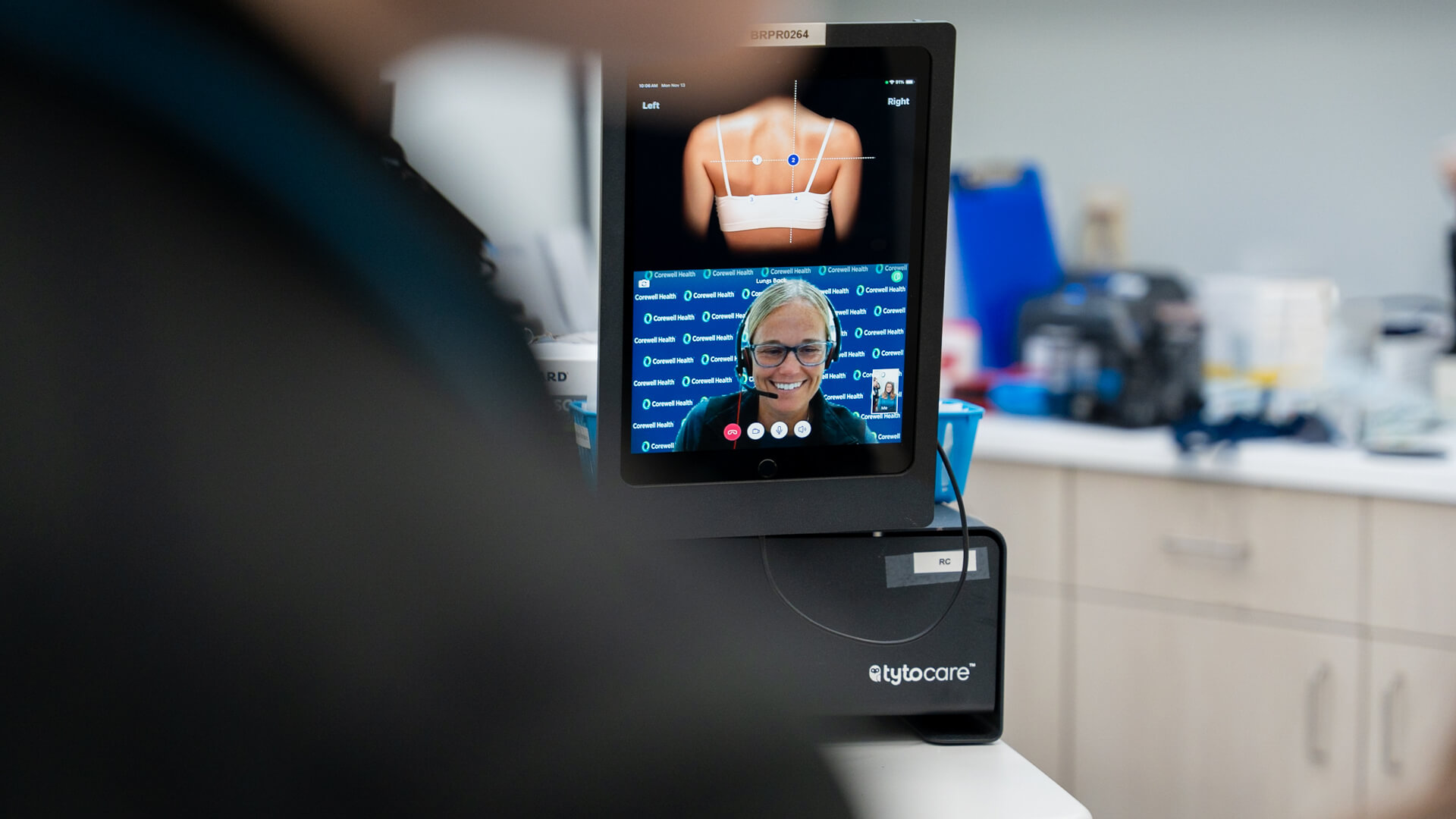Baptist Health’s blueprint for 24/7 Urgent Care at scale
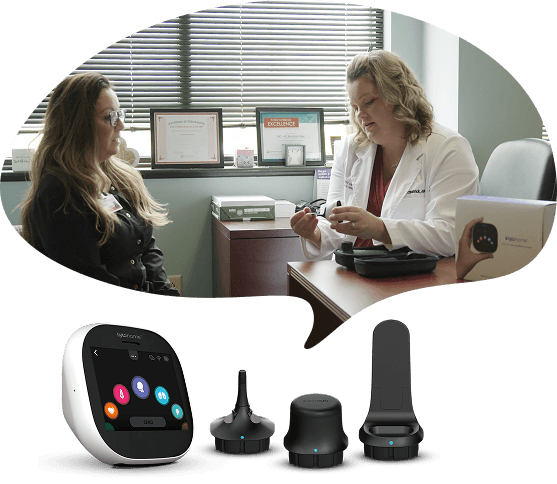
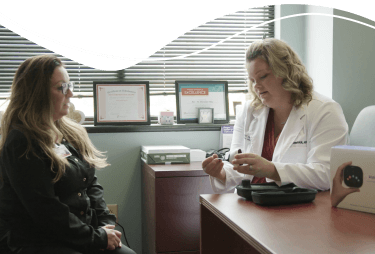
Meeting Urgent Care Challenges Across Kentucky
Baptist Health is a comprehensive health system serving diverse communities throughout Kentucky and southern Indiana. It operates multiple urgent care clinics that handle a broad range of patient needs, from routine illnesses to more complex issues. Before the COVID-19 pandemic, Baptist Health’s use of digital healthcare services was limited to a small number of asynchronous e-visits and video consultations from just a single provider.
When the pandemic began, Baptist Health rapidly expanded its virtual care offering to maintain safe healthcare access for patients. This included system-wide e-visits, scheduled video visits for any provider, and an on-demand video platform that operated 24/7/365. Over time, it became clear that many urgent care clinics were facing high patient volumes and varied staffing challenges – factors that pushed Baptist Health to keep refining its approach to delivering quick, convenient care. The organization remains committed to ensuring quality treatment for patients, whether they live in densely populated urban centers or more remote rural areas.


Expanding Effective Virtual Care in Urgent Clinics
Before expanding its virtual care capabilities, Baptist Health’s urgent care network faced several challenges:
- Overcrowded clinics and lengthy wait times, which led to bottlenecks, particularly during flu season or other illness surges. In some clinics, 100-150 patients were seen each day, often resulting in hour-long wait times and patient dissatisfaction.
- Staffing and workforce constraints due to surges in patient volume. Urgent care centers were sometimes forced to reduce their hours or close temporarily, which added further pressure on remaining sites.
- Missing component in telehealth, with both providers and patients feeling that virtual appointments did not fully replicate in-person care. Patients would be expecting the same level of care due to being onsite of an Urgent Care facility.
- Provider hesitancy toward long-term virtual care once in-person visits resumed. They questioned whether remote visits could match the quality and accuracy of face-to-face consultations.


A Clear Vision for Improvement
Looking to modernize and optimize their urgent care delivery, Baptist Health sought a solution that could bring remote physical exams into the virtual setting. They hoped this enhanced telehealth model would lower wait times, reduce staff burdens, and strengthen both provider confidence and patient trust in virtual care. Baptist Health aimed to implement a sustainable urgent care model that could quickly address routine issues while freeing resources for more complex cases.
Measuring Impact on Patient Flow and Care Quality
volume

of stay

registration to triage

experience

Baptist Health patient feedback
Average wait time
Strengthening Virtual Urgent Care with Remote Physical Exams
At the end of 2022, Baptist Health chose TytoCare to bridge a critical gap in its virtual urgent care program: the ability to perform an accurate remote physical exam. Rather than relying on video-only consultations, frontline staff and remote providers could use TytoCare’s Pro Smart Clinic to capture and review real-time clinical exam data from the heart, lungs, ears, and more, directly from each urgent care site. This approach would lead to better diagnostic confidence for conditions typically assessed in person, like respiratory infections or ear complaints.
To ensure a smooth rollout, Baptist Health started by training 10 on-demand providers and streamlined software integrations with its existing patient portal. The result was a system where patients could be quickly redirected from a crowded waiting area to a private space, log in to a video consult, and undergo a physical exam with the handheld TytoCare device. TytoCare patients are given preferential treatment by virtual care clinicians, which reduces their wait times and prioritizes them compared to regular telehealth calls.
After seeing success in 10 clinics throughout 2023, Baptist decided to expand its TytoCare offering, making it available in all 19 of Baptist Health urgent care clinics across Kentucky in 2024. By elevating the caliber of its virtual urgent care, Baptist Health shortened patient wait times, reduced unnecessary in-person visits, and alleviated clinician burden, extending the benefits of urgent care to more people in less time.
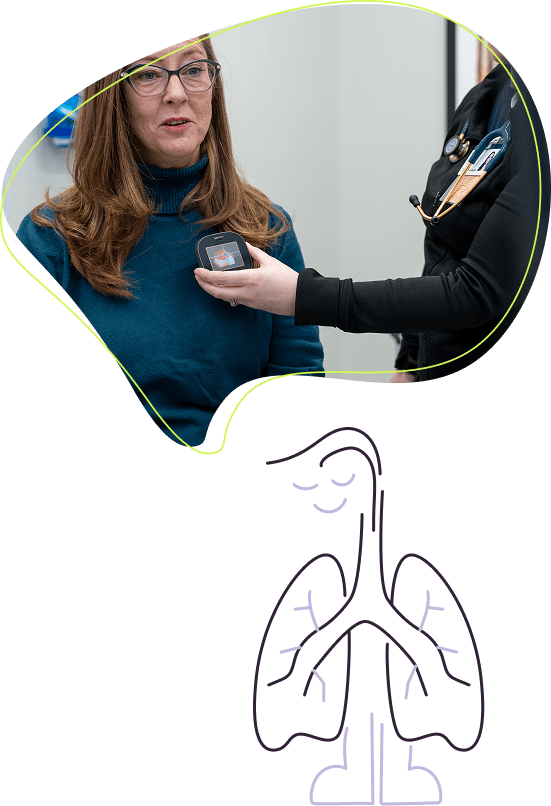

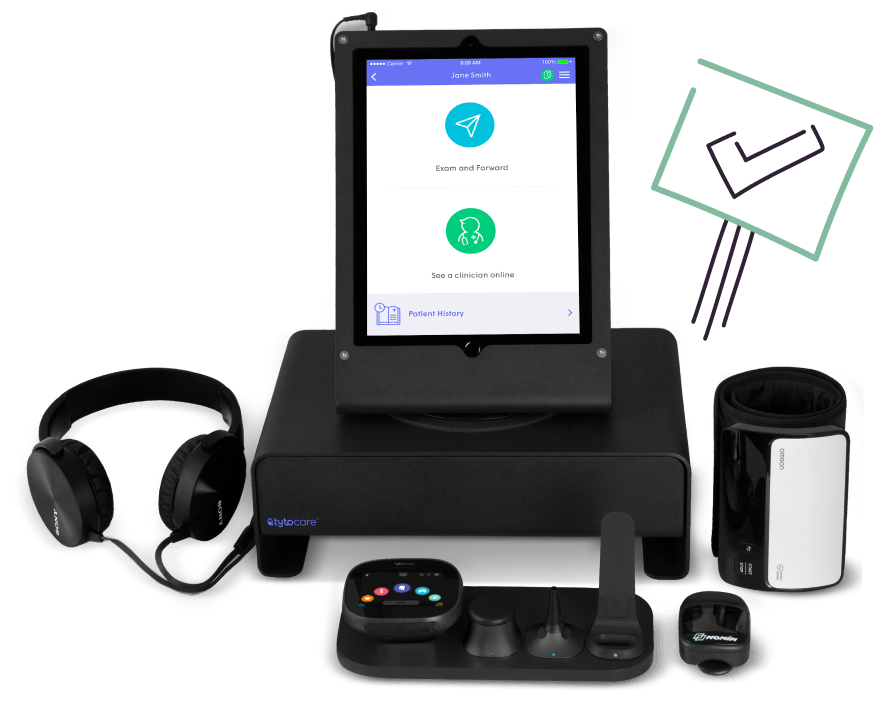

About the Pro Smart Clinic
The Pro Smart Clinic gives patients access to high-quality healthcare wherever they are – be it at school, at worksites, in rural areas, underserved areas, urgent care clinics, or in senior care facilities. TytoCare connects patients to clinicians by replicating the clinic experience with medical grade remote physical exams, for remote diagnoses across urgent, primary, and specialty care. Our solutions integrate into existing platforms and EMRs for faster implementation.
Urgent Care with Remote Physical Exams in Action
-
Arrival & Assessment
Patient arrives at an urgent care clinic. Staff assesses whether they’re a good fit for a virtual exam to reduce wait times.
-
Option Offered
For eligible cases, the patient is offered a TytoCare visit and shown to a quiet area, reducing congestion in the main waiting room.
-
Log In
Patient (or accompanying staff) launches the virtual consult through the MyChart portal, preparing the TytoCare device.
-
Remote Exam
A remote provider performs a live exam (heart, lungs, etc.) via the handheld device, gathering clinical data in real time.
-
Final Steps
If needed, clinic staff conduct rapid on-site tests (flu, strep). The virtual provider then shares a diagnosis and care plan, allowing the patient to leave promptly.





Alleviating virtual care concerns
Baptist Health recognized early on that virtual visits, especially those involving a handheld exam device, could feel unfamiliar to both patients and staff. To smooth the transition, front-desk personnel were trained to confidently explain how a remote exam works, sharing the benefits of immediate access to a provider and reduced wait times. Posters at clinic entrances, quick-reference flyers, and simple instructions helped reassure patients that the technology was easy to use and still offered comprehensive care.
On the provider side, Baptist Health tapped clinical champions, trusted physicians and nurses, to share success stories and best practices in using remote exams. This peer-to-peer encouragement proved essential in dispelling any skepticism about virtual care’s accuracy or efficiency. By combining clear patient education with ongoing staff support, Baptist Health succeeded in building trust around virtual urgent care, leading to higher utilization rates and more satisfied providers.
Baptist Health patients love TytoCare


Sustaining and Expanding Virtual Urgent Care
By focusing on these objectives, Baptist Health will ensure its virtual urgent care approach remains clinically effective and sustainable for providers and patients.
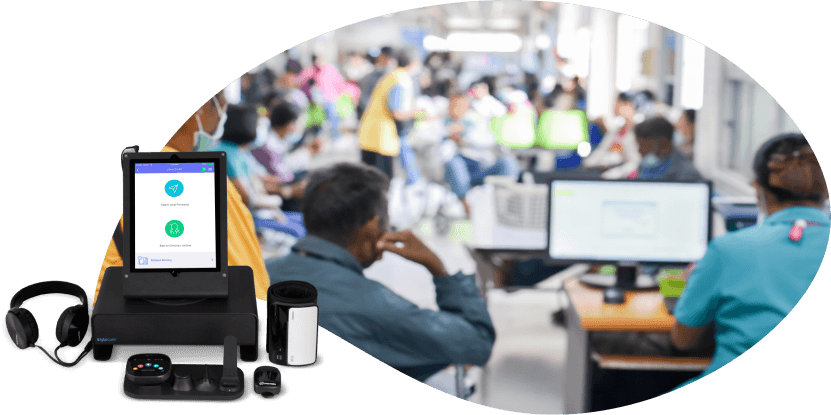
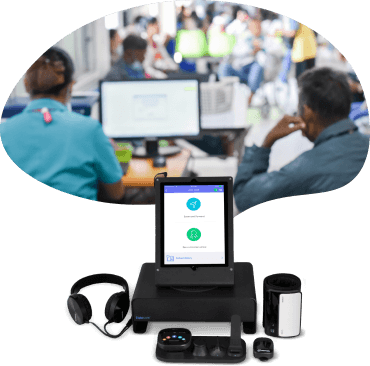
Read more about virtual care with TytoCare
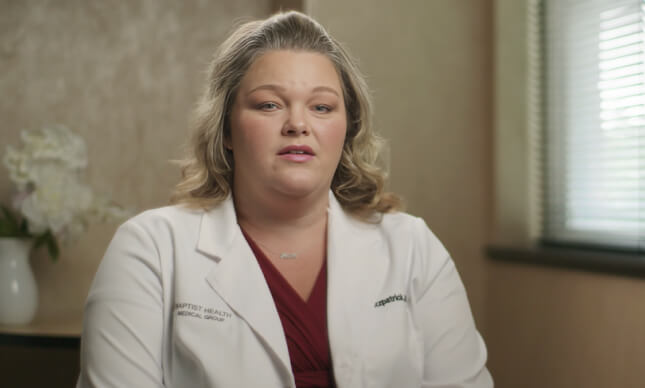

Baptist Health clinicians treat patients remotely with TytoCare
Baptist Health’s nurse practitioner Brittany Fitzpatrick and family medicine physician Tabitha Culver endorse TytoHome as a breakthrough in telehealth, offering a comprehensive, in-home physical exam that was once only possible in a clinic. With TytoCare, healthcare professionals can now listen to hearts, examine ears and throats, and diagnose with precision, all through the device’s guided usage. Patients appreciate the depth of care they receive, feeling truly seen and heard beyond the screen.



 Ear
Ear  Lungs
Lungs  Heart
Heart  Throat
Throat  Heart rate
Heart rate  Temperature
Temperature  Skin
Skin  Abdomen
Abdomen 
